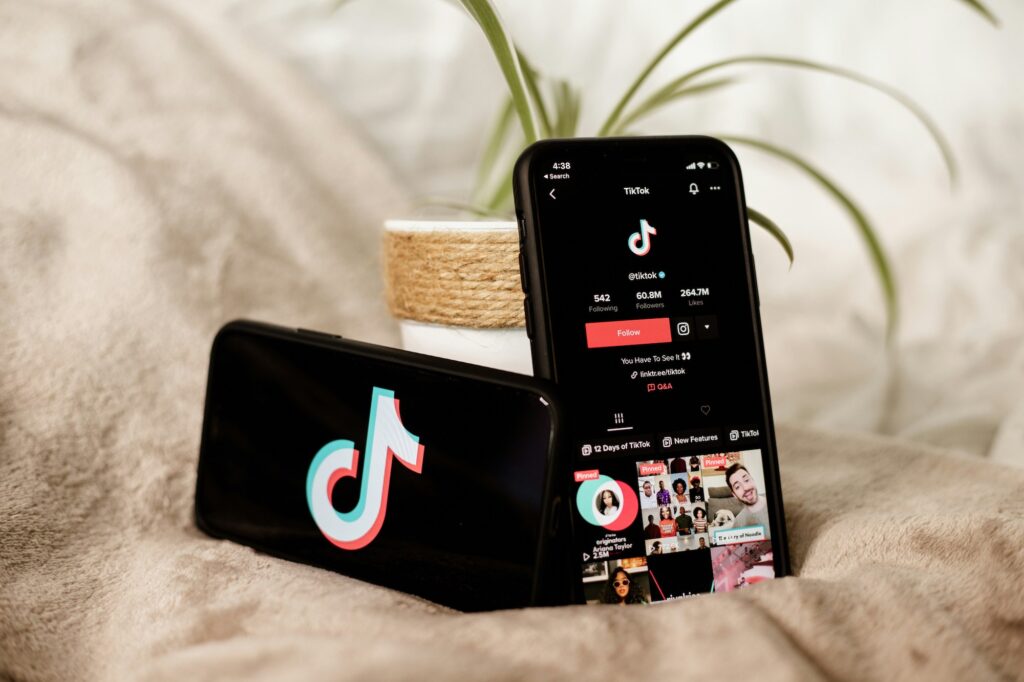I believe the enemy of effective marketing is over corporate, stuffy, confusing copy and creative. Ideas that we THINK make us stand out and look clever, but only serve to confuse our audience and drive them away from taking the actions we need or want them to take. Not good.
In marketing and particularly B2B, it’s so easy to forget that we’re actually trying to communicate with human beings. It’s not about us, it’s about how a potential customer feels, what THEY need to know, and how they then take in the information.
If you take a look through your analytics on a platform such as LinkedIn, I can almost guarantee that your top performing posts will have some form of human element or story. This is because people buy people.
So, how do we apply this to our performance marketing to make it more effective? This is a quick post with four easy ways to do this.
Show, don’t tell
There’s a reason why UGC is such an effective creative format. In fact, of all the ad accounts we run and review as a business, UGC has consistently come out on top when it comes to driving performance.
This is because we all trust recommendations, and showing a product or service in action will always be more effective than simply telling someone what you can do.
If you’re looking for some B2B examples, these videos from Monzo and Pleo are really good. Simple videos that show real human beings using and benefiting from their product. Nice.
Improve your copy
As highlighted at the top of this post, there is nothing worse than corporate copy that everyone in the business thinks is great, but no one on the outside has a clue as to what you’re saying.
This is typically the result of multiple stakeholders, stringent review processes and legacy brand guidelines. So changing to a more human-centric approach may sound like an easy change, however in some cases it’s easier said than done.
But – if you can start to rework your copy and language towards something more user focused, you will see conversions lift.
Struggling to get buy-in for change, try testing out one landing page and measuring the impact of your work. Start slow if you have to.
Use video
‘Use video’ sounds like the most obvious point in the world, but done effectively it’s one of the best chances you have of showing a human side to your marketing.
Clearly this all comes down to an effective planning process, and really understanding what you need to achieve before starting.
Here’s a handy list of things to consider:
- What theories do you want to test?
- Do you have upcoming ad campaigns?
- What do you need to show, not tell?
- What key customer questions come up / pain points that need solving?
- Where can you connect with your audience best?
- What’s your tone / character / personality?
If you’re looking for an example, I love this video from Volvo. A great, funny, clear B2B example!
Ask questions
This one gets missed far too often, but is the key to unlocking a much more improved approach.
It baffles me that so many companies will write copy and brainstorm creative ideas with absolutely no input from the people they want to attract.
Asking questions of your target audience and validating your ideas will yield amazing feedback that you would never otherwise have, and could make all the difference.
Also don’t forget to talk to sales. These guys are at the sharp end and get regular, direct feedback that you can use to improve your marketing. Talk to them about patterns in customer conversations, common objections and exactly who it is that’s converting. This really should be considered as marketing gold dust!
Very much hope these ideas are helpful, and don’t forget to join our webinar on this topic on the 27th February.




